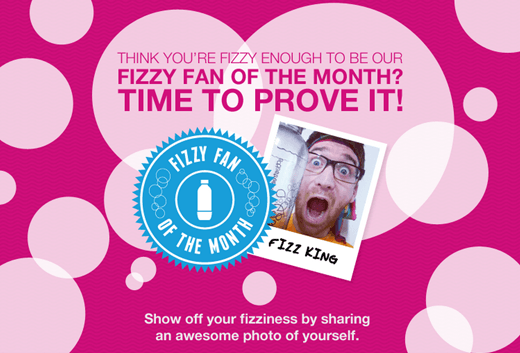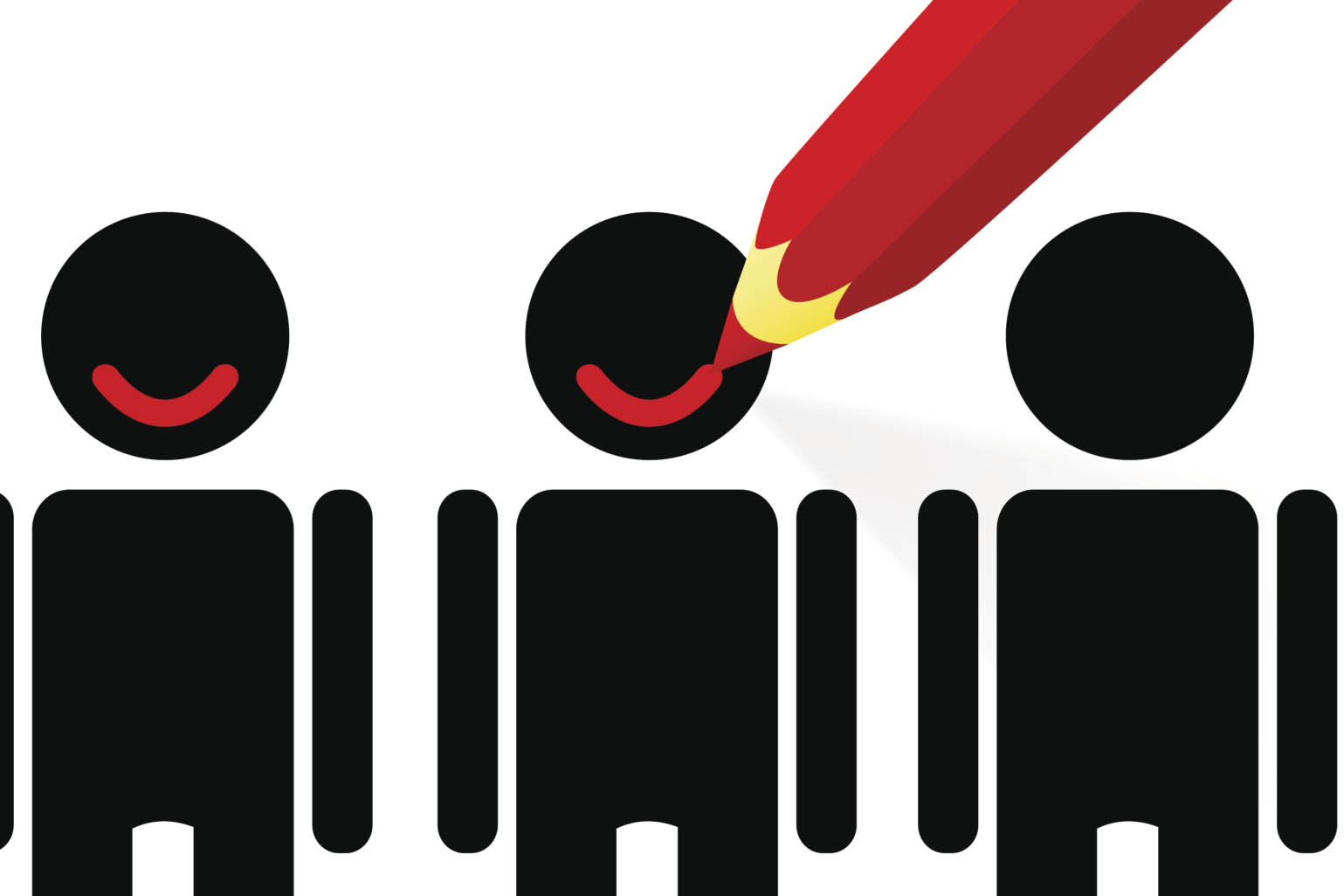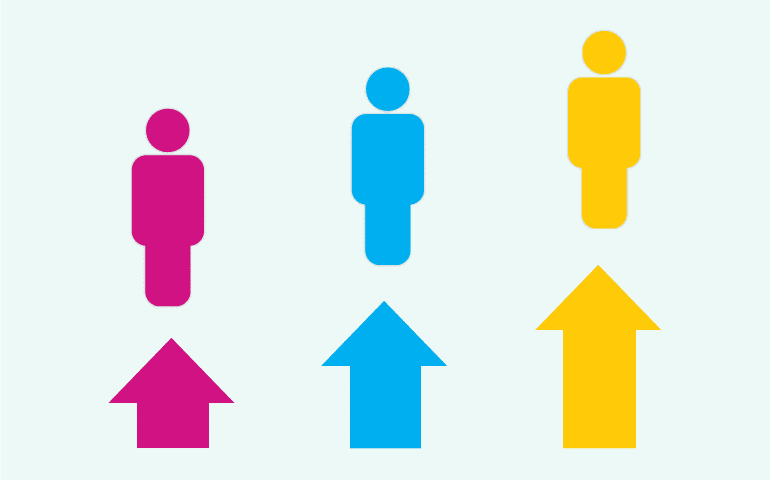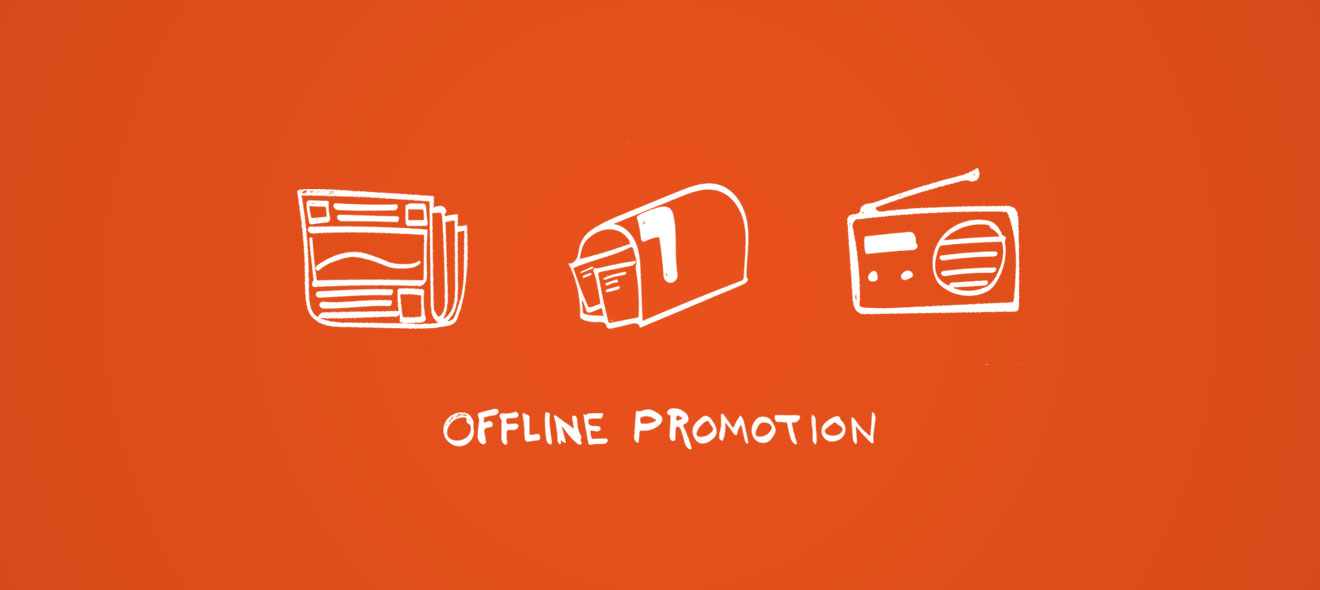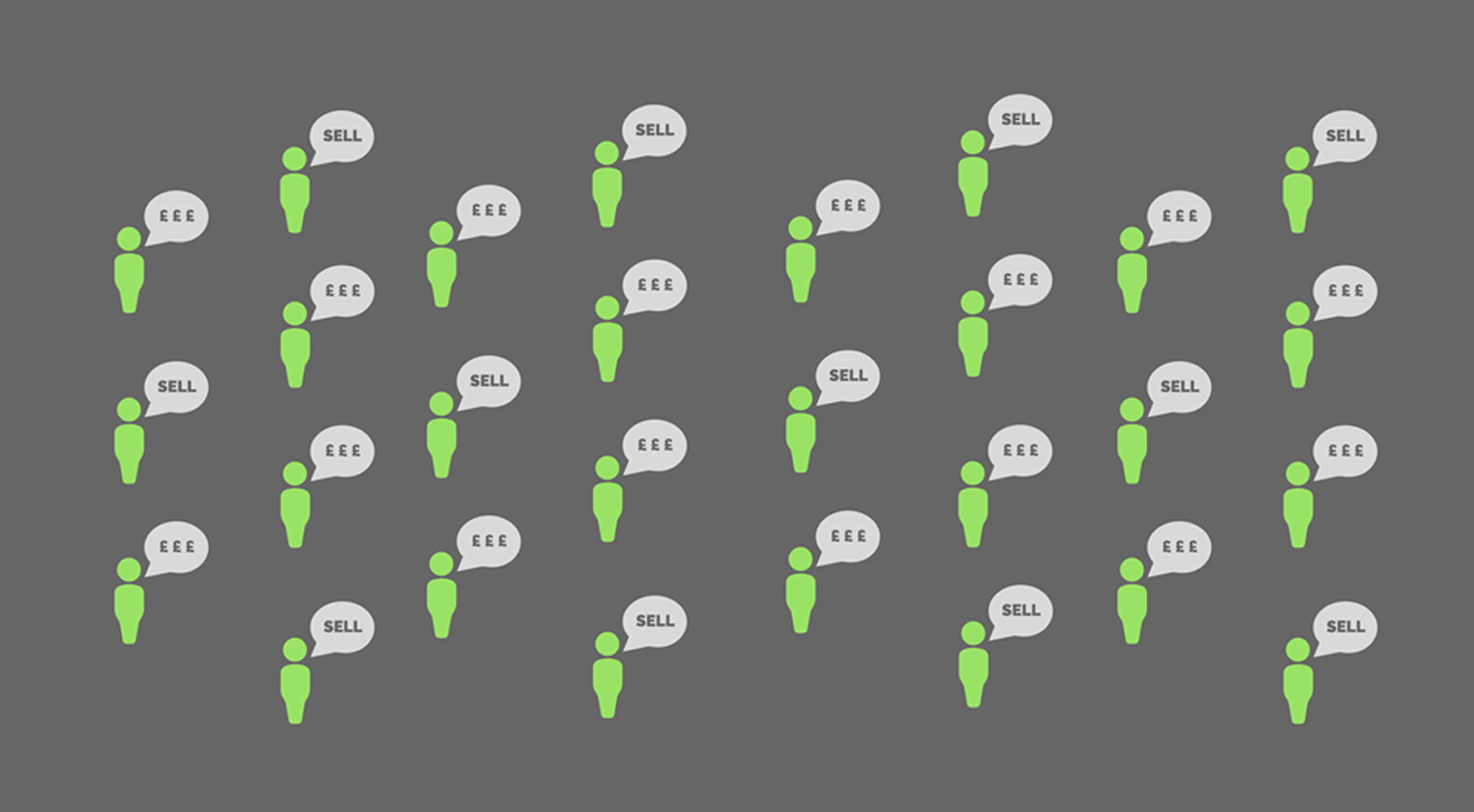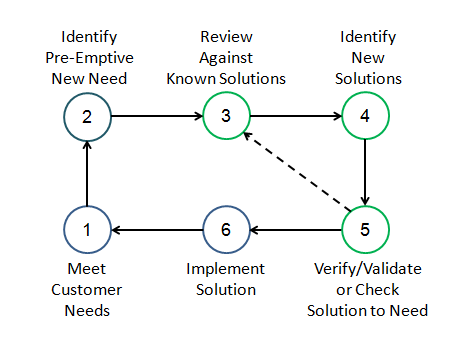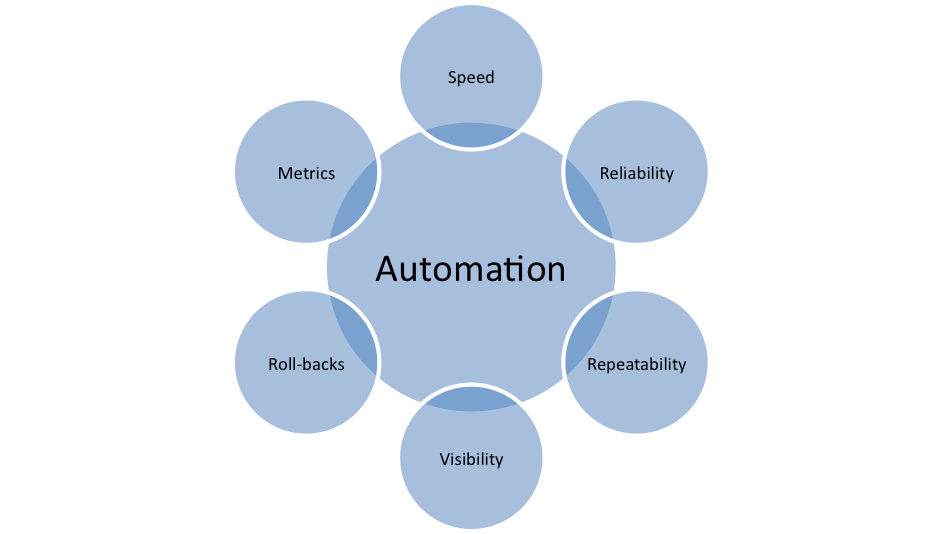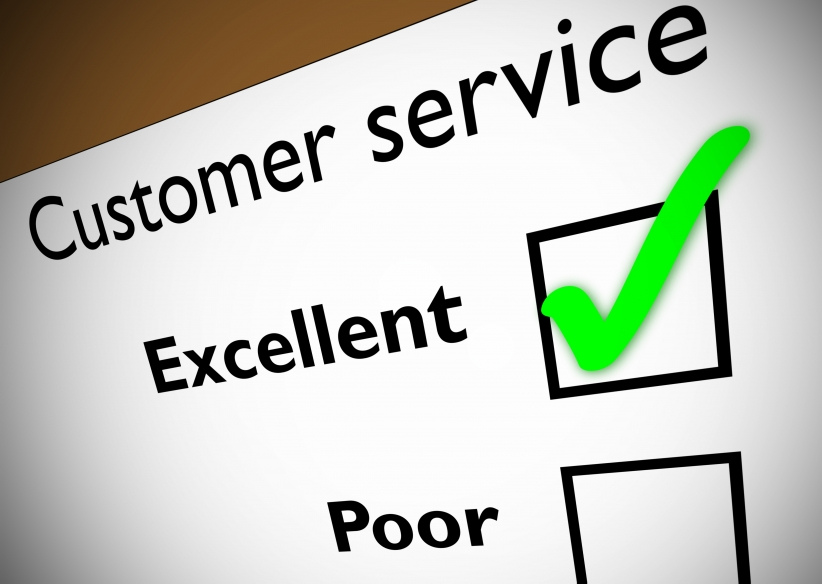Customer retention is termed as a process of inculcating those techniques by the companies that help in the exemption of customer defections. The sole purpose of customer retention programs is to help companies retain as many customers as possible through customer loyalty and brand loyalty initiatives.
As a matter of fact, customer retention begins with the first contact a customer has with a company and continues throughout the entire lifetime of the relationship.
According to a research an average business loses around 20 percent of its customers annually due to customer dissatisfaction. In some industries, this leakage is astoundingly 80 percent. However, following some preventive measures can help curb this loss.
Here we have mentioned some of the best customer retention techniques that will enhance your customer retention significantly once implemented and will have a gigantic impact on your business.
1. Build relationships online and develop trust:
In today’s era majority of people are glued to their computer screens for hours due to those enticing social media platforms. so, connecting with your clients through these mediums can benefit you to a large extent. Majority of your clients will have active profiles on websites like Facebook, Twitter, Linkedin etc. So, it makes sense to connect with your potential customers through such sites. Moreover, trust is crucial in business, and building relationships with clients will cumulate that trust for you.
A study by the African Journal of Business Management found that commitment tends to grow along with trust. So you should take an interest in your clients and their business. Simply providing a service is not long enough. You further need to start building shared values with clients and showing you take an interest in them and their success.
2. Let your interest in the leads be consistent:
Though every business loses some customers virtually, not all of them measure or recognize how many of their customers become inactive. Ironically, many businesses spend lavishly on building that initial customer relationship. Then they leave that relationship unattended, in some cases even losing interest as soon as the sale is made. The easiest way to grow your business is to avoid losing your customers. Once you stop the emanation, it’s often possible to increase your growth rate quite efficaciously.
3. Identify customer expectations:
Set expectations early and lower than you can provide, so that you can eradicate uncertainty as to the level of service you need to offer to ensure your clients’ satisfaction. This technique enables your company to ensure you are always over delivering.
Since clients tend to remember negative experiences, so, your client will no doubt cite a negative experience as a reason to cancel his or her contract with you.
4. Use a rolling calendar of communication:
Building relationships with your customers are not enough! You need to be in touch using a rolling calendar of communications. This is a programmed series of emails, events, phone calls, “thank you’s”, special offers, follow-ups, magic moments, and cards or notes with a personal touch etc. that ensure constantly and automatically at pre-decided points in the pre-sales, sales, and post-sales process.
People not only respond to this in a positive manner, they really appreciate it because they feel valued. It acknowledges them, keeps them updated, offsets customer remorse, augments the reason they’re doing business with you and makes them feel part of your business and that too an important one!
5. Implement a monthly email marketing campaign and start a blog:
Email your existing customers once every month. Touch base with them, keep them updated with your services and share a couple of great articles you believe will help them profit from their business. You should also link to your articles as a way to drive your customers to your blog.
Write a weekly article on something interesting, say, an accomplishment you feel your customers would value. However, you need to be consistent with your blog. You need to start using it as a medium to build relationships with your customers.










































